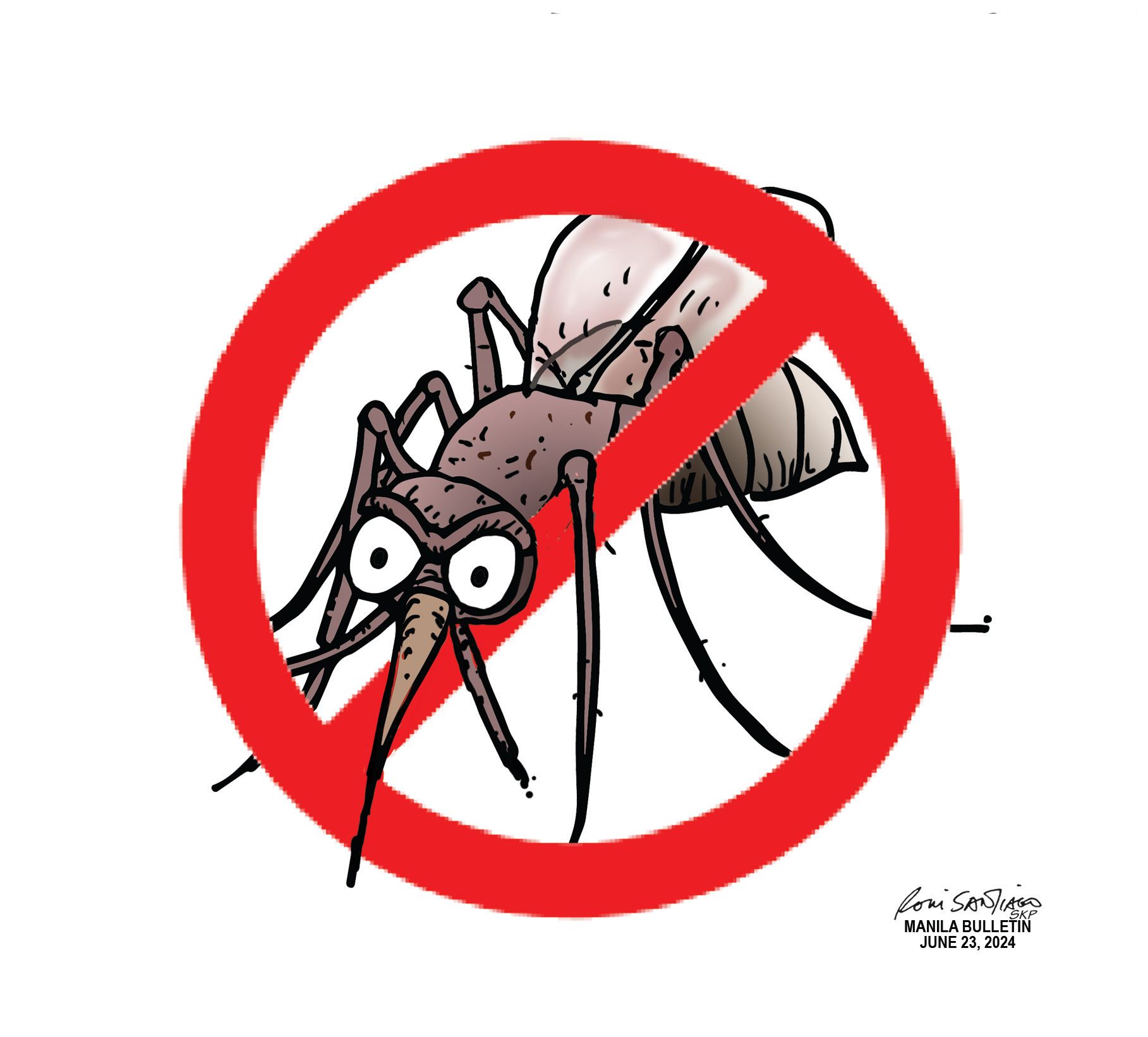
After the hot summer months, the rains have come, and with that a health problem that can be prevented through community effort. That is dengue, a viral infection transmitted to humans through the bite of infected female mosquitoes, primarily the Aedes aegypti mosquito.
The World Health Organization lists dengue as a global health burden with the incidence growing dramatically around the world. Cases reported to the WHO have increased from 505,430 cases in 2000 to 5.2 million in 2019. The highest number of dengue cases was recorded in 2023 affecting over 80 countries in all regions of WHO – “a historic high of over 6.5 million cases and more than 7,300 dengue-related deaths.”
Among the factors leading to this were the “consequences of El Niño phenomena in 2023 and climate change leading to increasing temperatures and high rainfall and humidity and fragile health systems in the midst of the Covid-19 pandemic.”
In the Philippines, as in other countries in Asia which represents around 70 percent of the global disease burden, dengue is a major health concern especially when the rains come as that creates more places for stagnant water, the breeding places of the mosquitoes.
June, the onset of the rainy season, is National Dengue Awareness Month declared by Proclamation No 1204 in 1998. Initiatives of the government and private sectors to strengthen awareness and prevent the breeding of the infected mosquito are led by the Department of Health. The National Dengue Prevention and Control Program (NDPCP) guides the programs to reduce morbidity and mortality caused by dengue.
The program includes the 4S campaign –Searching and destroying mosquito breeding sites; Securing self-protection measures; Seeking early consultation; and Supporting fogging or spraying only in hotspot areas where increasing cases are registered.
According to DOH data, the “dengue hotspots” include highly urbanized areas. It has recorded higher number of cases in the regions with the largest populations, including Metro Manila, Central Luzon, and Calabarzon, among the areas where the most number of dengue cases.
Although dengue cases per week have been observed to be declining and “now starting to plateau,” DOH remains “cautious in interpreting” this data. Historically, a spike in dengue cases happens during the rainy season. As of June 1, the DOH noted that the number of dengue cases in the recent three to four weeks, totaling 5,368, is “almost the same” as those reported two weeks earlier at 5,305.
The WHO circular on dengue reminds us that “most people who get dengue will not have symptoms. But for those who do, the most common symptoms are high fever, headache, body aches, nausea, and rash. Most will get better in one to two weeks. Some people develop severe dengue and need care in a hospital.”
Early this week, the DOH reminded the public that no available treatment for dengue has been proven effective and backed by studies. Community effort is a major factor in the prevention and control of dengue which depend on the control of the dengue-carrying mosquito.
Health Secretary Teodoro J. Herbosa said: “The solution is simple to say but needs community effort to do: kill mosquitoes so that the dengue they bring will not kill you. The rains may have started but we can still search and destroy mosquito breeding sites – wherever water can accumulate and stay still.”